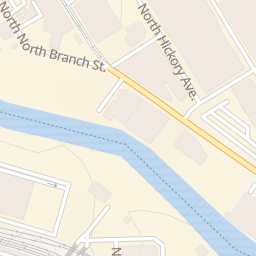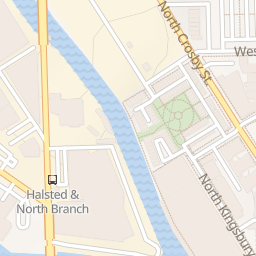Resumes
Resumes

Abhijit Sharma
View page
Abhijit Sharma
View page
Abhijit Sharma
View page
Abhijit Sharma
View page
Abhijit Sharma Cupertino, CA
View pageWork:
Better Future LLC
Apr 2013 to 2000
Co-founder
VertiSystem, Inc
Mar 2013 to 2000
Software Developer
Stanford University School of Medicine
Sep 2012 to Mar 2013
Pre-doctoral Scientist
Scanadu Health
Jun 2012 to Sep 2012
Product Development Intern
DePaul University
Jun 2012 to Sep 2012
Graduate Assistant, Programming Tutor
DePaul FireStarter, Start-up LaunchPad
Jun 2011 to Dec 2011
Initiator and Lead Organizer
Apr 2013 to 2000
Co-founder
VertiSystem, Inc
Mar 2013 to 2000
Software Developer
Stanford University School of Medicine
Sep 2012 to Mar 2013
Pre-doctoral Scientist
Scanadu Health
Jun 2012 to Sep 2012
Product Development Intern
DePaul University
Jun 2012 to Sep 2012
Graduate Assistant, Programming Tutor
DePaul FireStarter, Start-up LaunchPad
Jun 2011 to Dec 2011
Initiator and Lead Organizer
Education:
DePaul University
Chicago, IL
Sep 2012
Master of Science in Computer Science
University of Mumbai
Mumbai, Maharashtra
May 2009
Bachelor of Engineering in Information Technology
Chicago, IL
Sep 2012
Master of Science in Computer Science
University of Mumbai
Mumbai, Maharashtra
May 2009
Bachelor of Engineering in Information Technology

Abhijit Sharma Mountain View, CA
View pageWork:
Scanadu
Jun 2012 to Sep 2012
Product Development intern
Jun 2012 to Sep 2012
Product Development intern
Education:
DePaul University
Chicago, IL
Sep 2012
Master of Science in Computer Science
Stanford University, d.School
Jun 2011
Design Research
University of Mumbai
Mumbai, Maharashtra
May 2009
Bachelor of Engineering in Information Technology
Chicago, IL
Sep 2012
Master of Science in Computer Science
Stanford University, d.School
Jun 2011
Design Research
University of Mumbai
Mumbai, Maharashtra
May 2009
Bachelor of Engineering in Information Technology






